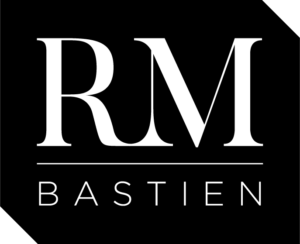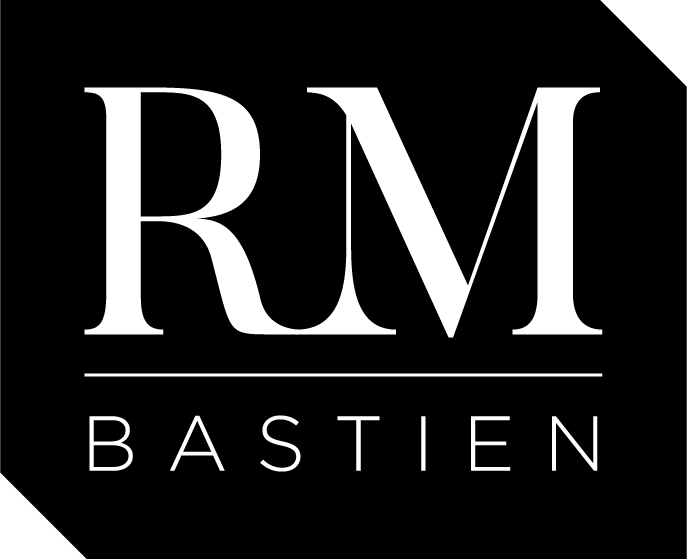In Part 1 of this series of two articles, I presented a high-level description of the engagement model used in the construction industry, and how the 3 main stakeholders share accountabilities and duties. Although these three poles have diverging concerns which often lead to conflicting viewpoints, the system works because (a) the roles are clearly defined, and (b) there are institutionalized mechanisms in place to safeguard the stakeholders from potentially detrimental misbehavior.
Let’s look at the most interesting part of this comparison, focusing on the relationship between stakeholders[1].
The Construction Industry Engagement Model
In the construction industry, a customer hires an architect to define the specifics of the structure to be built. The customer then hires a builder, often collaborating with the architect during the selection process. It is quite customary for the architect to perform worksite inspections within the construction engagement model, in order to ensure that the builder has conformed to the drawings and specifications.

The Turn-key Alternative
There is an alternate engagement model in the construction industry called a “turnkey” project. In this model, a customer hires a builder (usually a general contractor) to take care of everything, including architecture, engineering, building, landscaping, and even the procurement of permits. There are two major advantages for the customer within a turn-key project: engaging with a single point-of-contact, and getting a single price that includes all costs.
There are, however, major risks for the customer choosing this type of project: he is placing complete trust in a single party, while forfeiting the independent quality control available through an architect’s worksite inspections.
Industry Safeguards at Play
Most customers are aware of these potential liabilities, which is why many of them chose the standard A-B-C engagement model. But if one chooses to go with a turnkey arrangement, there are many structural mechanisms to protect the customer in a standardized industry such as civil construction, as described in Part 1 and depicted in the figure below.

Even when the customer deals with only one provider who monopolizes project operations, the city inspectors, trades certifications, building codes, and professional orders remain independent. As for standards compliance, an architect can lose her license to practice if building codes aren’t respected; professional order disciplinary committees or judges will demonstrate little empathy for the fact that she was working for a general contractor who signed directly with that customer.
This variation of the construction engagement model (turnkey) is very important because it mirrors the usual relationship between your organization’s business sponsors and corporate IT. This similarity only exists on the surface, however. There is a huge difference:
there are no external, independent bodies that oversee, standardize, or control the activities and the outputs of your IT department.
The IT Engagement Model Applied to Construction
If we were to apply the IT engagement model to the construction industry, it would resemble the figure below:

The IT systems builder who you engage with is, in fact, responsible for literally everything: gathering requirements, designing the architecture, engineering, managing all the various specialty skills, and of course delivering the solution that you need.
But that’s not all. Your IT builder takes care of the (not so) independent controlling bodies in our construction parallel. The IT counterparts of the construction industry safeguards described above are embedded in that same team.
The corporate IT function determines all standards, establishes mid and long-term plans, baselines the required skills for all IT trades, assesses the adequate knowledge level of staff, delineates roles and their respective accountabilities, and last but not least, oversees its own compliance to the quality standards it defines.
It’s Worse Than You Think
If you think it’s already too much for your definition of segregation of duties, there’s more. Corporate IT is not just responsible for building technology-based business solutions; the same team takes care of everything under the IT sun.
If we were talking about the construction industry, your builder would also be responsible for supplying water, power, gas, road maintenance and emergency services. To top it all off, you are left with a single builder, and very little leeway to shop for alternatives.
I’ll let you call this model what you like. The detrimental effects caused by this monopolization of roles are significant and serious. It increases costs, slows the speed of delivery, and of course lowers the quality of deliverables. In the upcoming articles and book, I will describe in more relatable detail the repercussions of this engagement model. The source of these woes can be traced to its most fundamental, foundational root cause: ill-distributed roles. And that’s a promising news, because it has nothing to do with technology and non-IT business people can shift the model to a healthier and balanced geometry where the paying customer’s interests will be better served.
————–
[1] For a deeper dive into the construction industry, its structure, and the wisdom it can impart, take a look at the soon to be published Volume 1 of An Executive Guide to the New Age of Corporate IT . This article is in fact an elevator pitch for Chapters 1 and 2.

